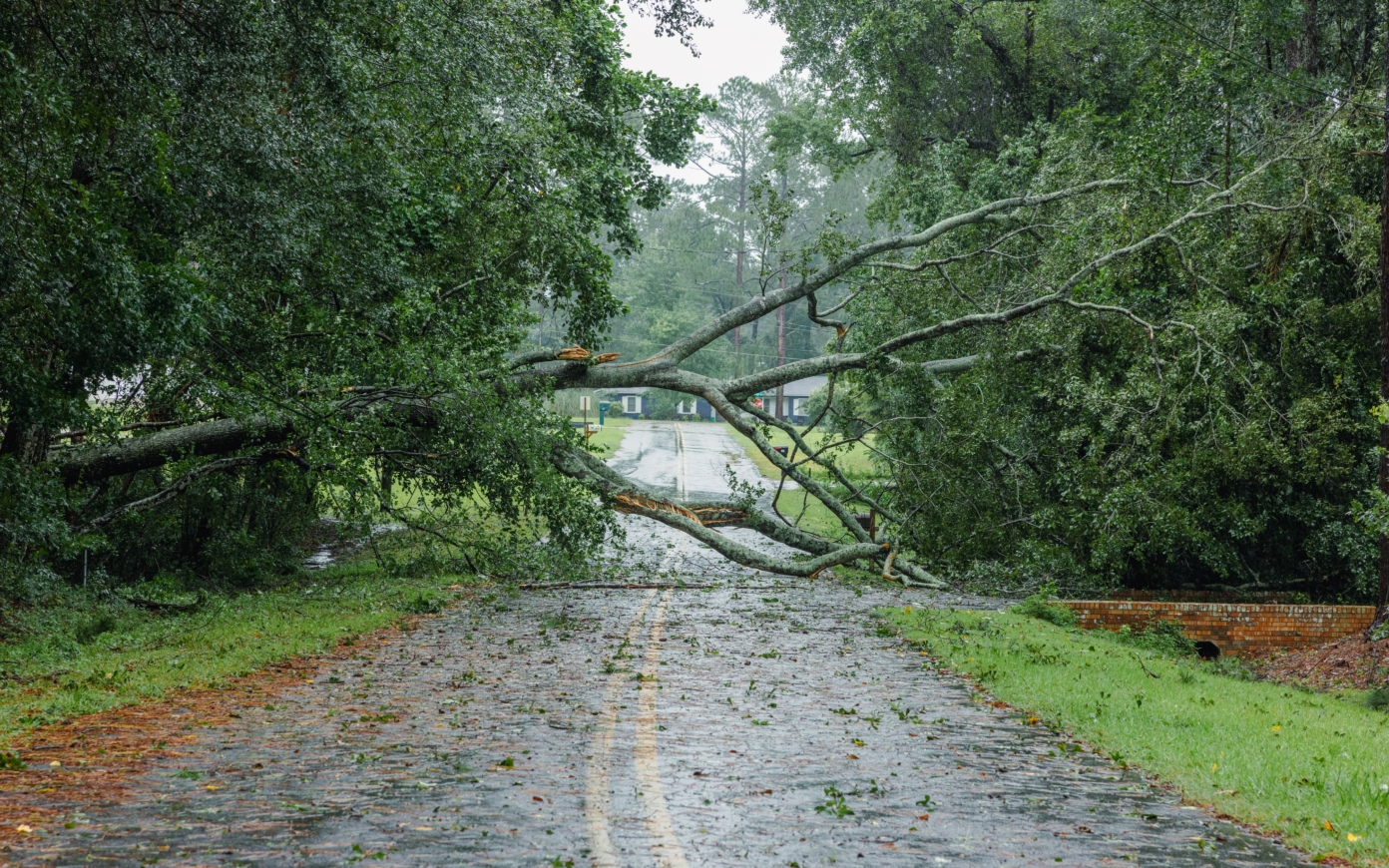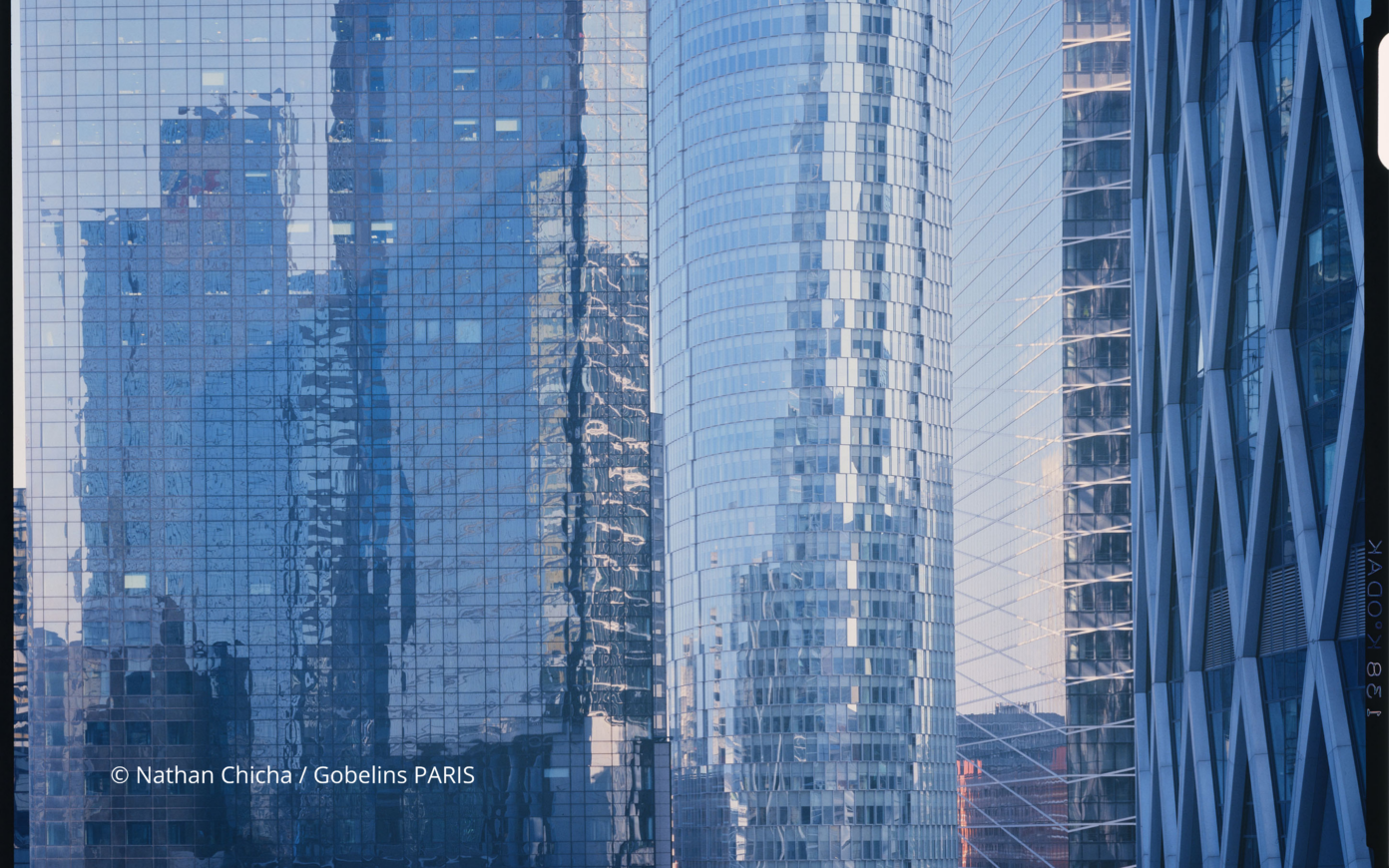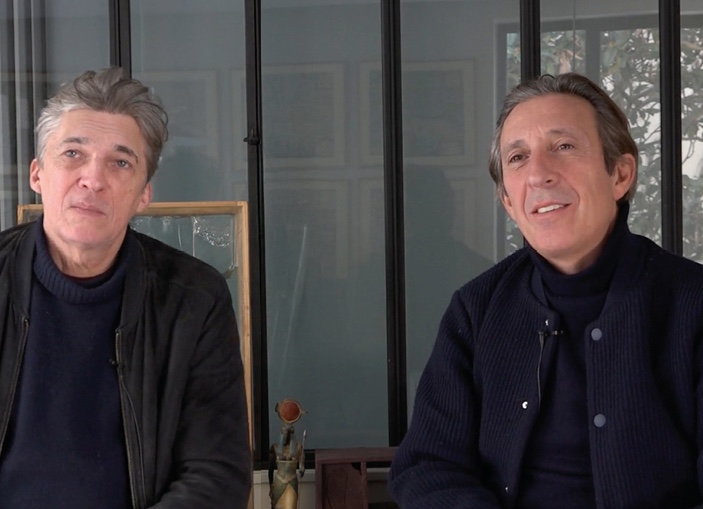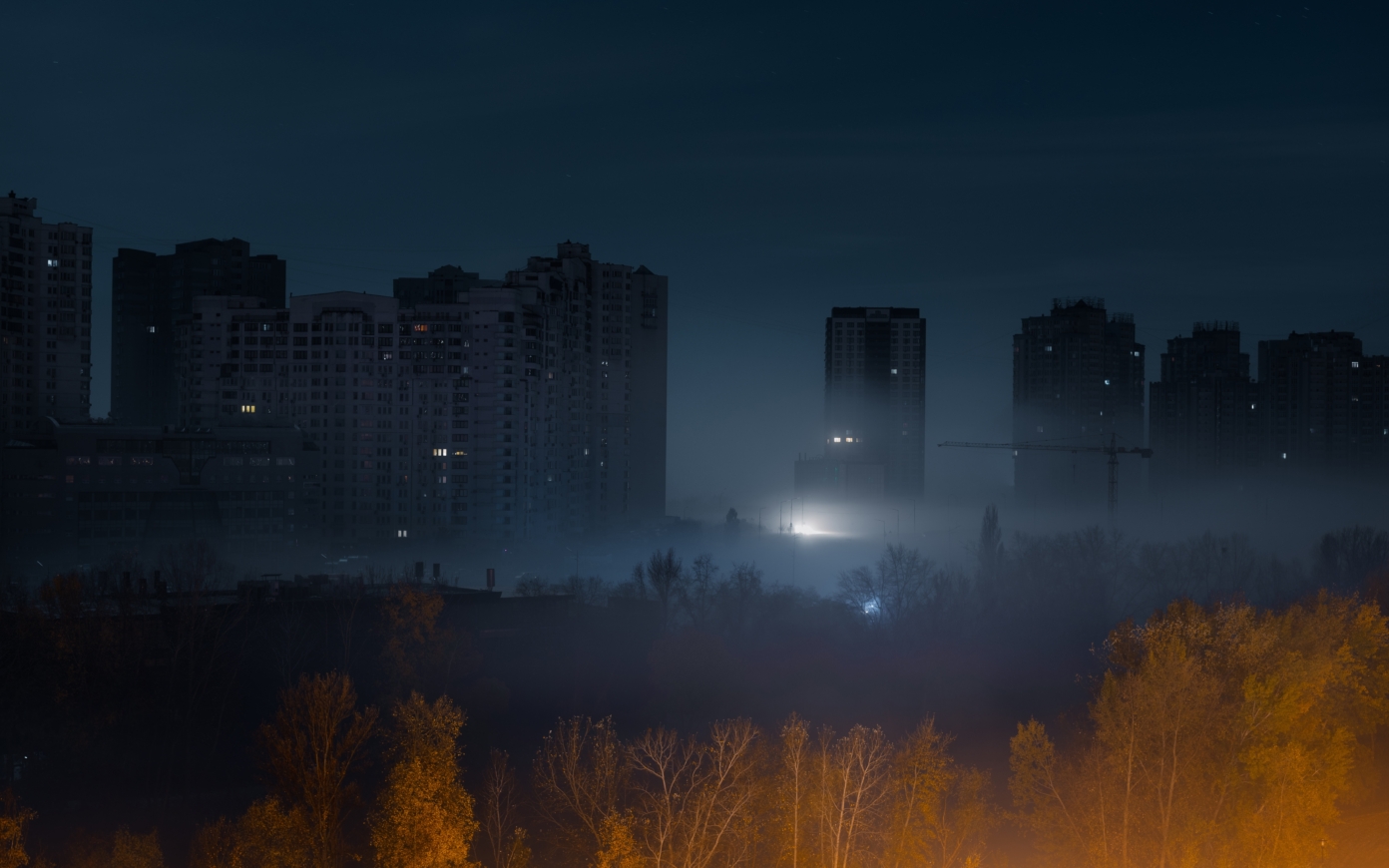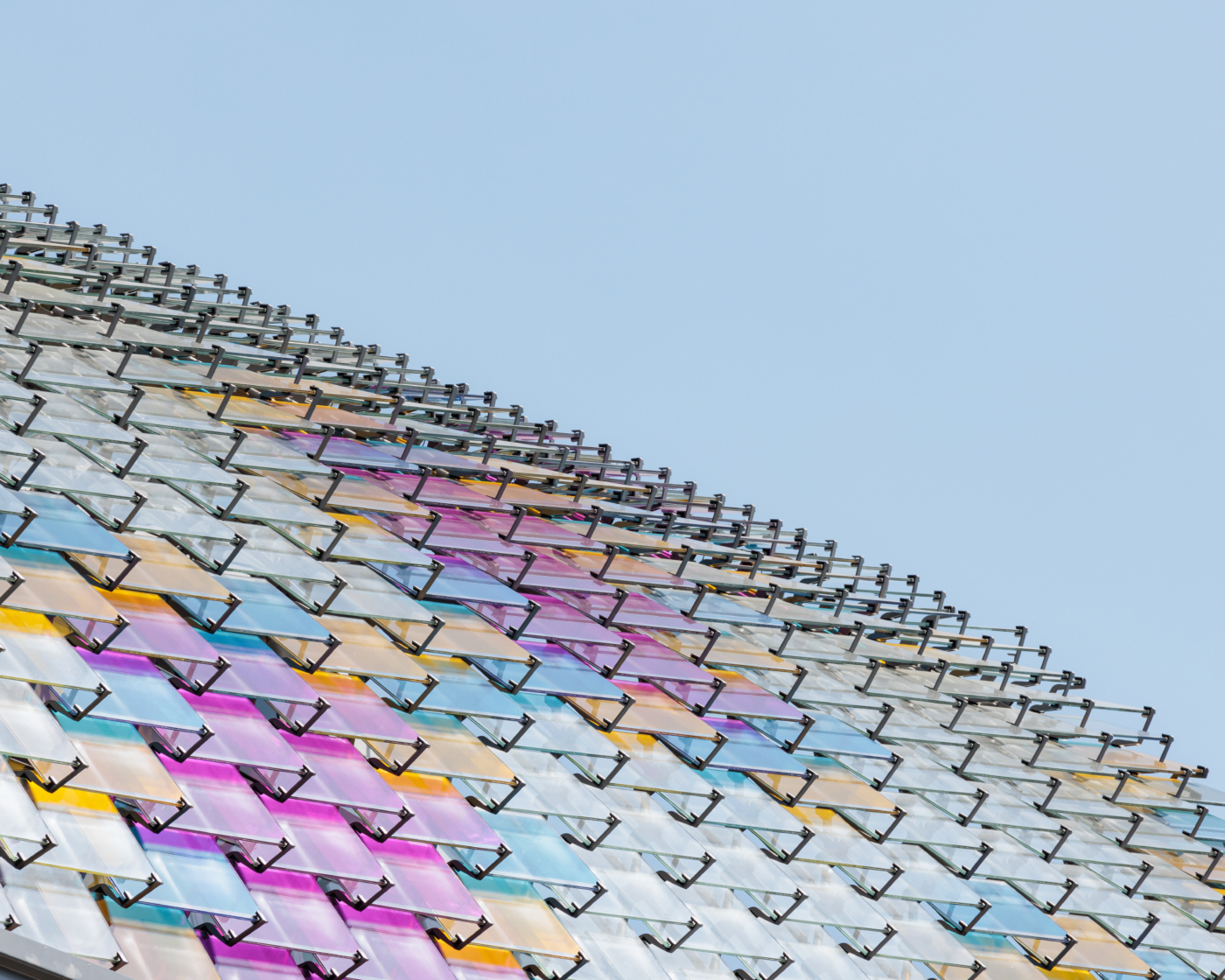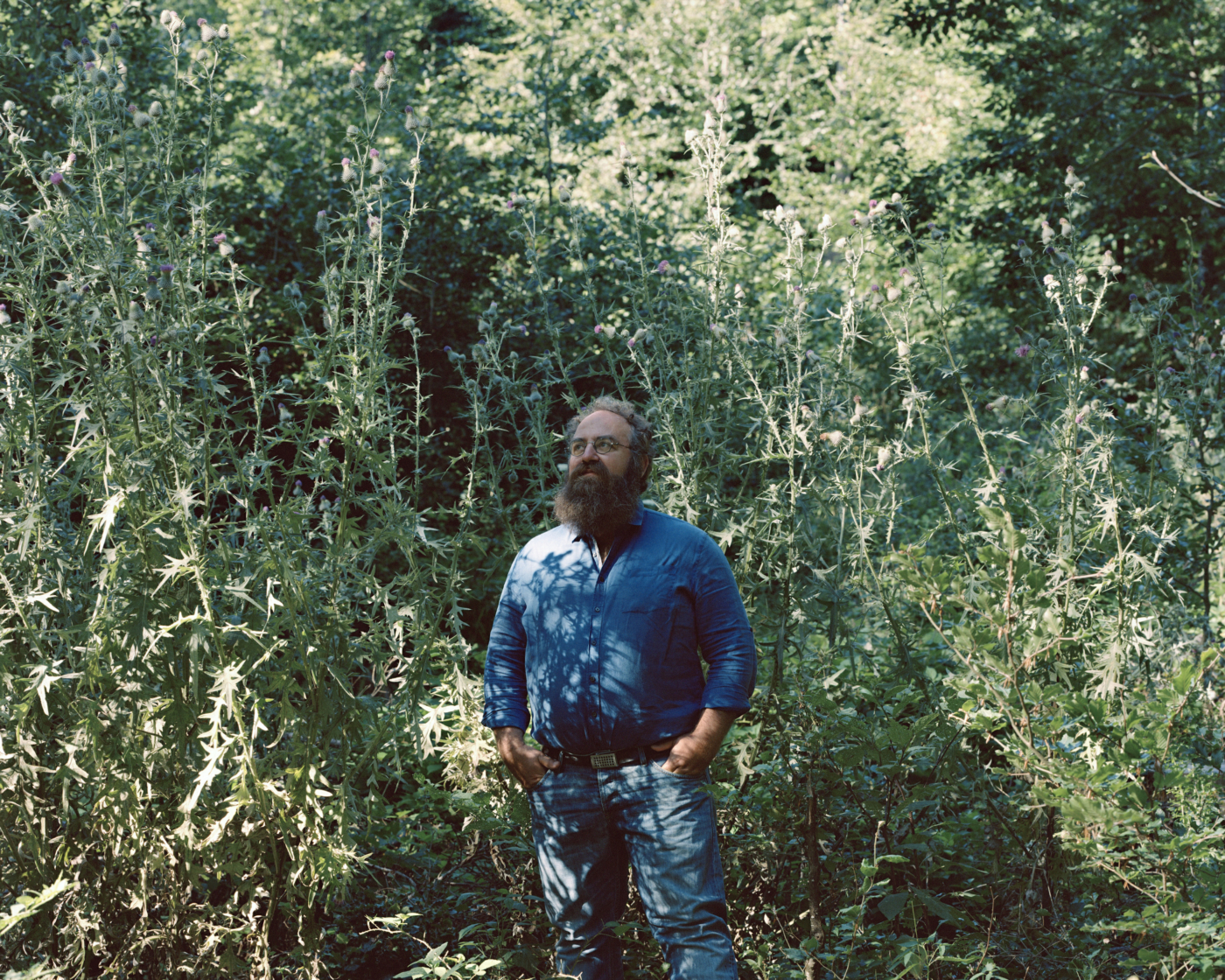In Homo Labyrinthus : humanisme, antihumanisme, posthumanisme, you show that we never stopped being humanist. Could you explain this idea?
It all depends of course on one’s definition of humanism. The problem with this notion is that it is subjected to a constant process of reinterpretation, this process being no doubt linked to the fact that humanism was first a retroactive interpretation. Thomas More, like Erasmus before him, did not use the term humanism, with both of them speaking of umanista, a term that describes the professor of grammar, of rhetoric. When we speak of humanism, we keep introducing something into the past that was never really there, and we invent a humanity for ourselves such as it should have been. Humanism is the human who dreams that he is capable of being what he should have been.
This dream means three things. Firstly, that humanism is a malleable notion, subject to reinterpretations. One can thus speak of the humanism of the Renaissance, that of anthropocentric modernity that was successfully established with Bacon and Descartes in the seventeenth century, that of the autonomous subject of the Enlightenment in the eighteenth century, or that of a godless human being in the nineteenth century. Secondly, that the human in humanism is himself considered as a being in becoming, always capable of being something other than what he is, and this is what links the position of Pico della Mirandola to that of Sartre: the human being, says Pico della Mirandola, is a “chameleon” who must “freely complete his form”; yes, adds Sartre, he chooses his way of existing. Thirdly, that the future of human beings consists of remaking themselves as they had wanted to be: it is not that “man,” as defended by Foucault, is a face destined to be erased in the sand, it is that this erasure is a step on the Sisyphean path that drives the human being from one face to the next, from one shape to another, from one society toward another.
When speaking of “homo labyrinthus,” I wanted to exacerbate this observation, showing that the only way of halting this compulsion for reformation, this requirement for transformation, this harassing superego that now demands that we rid ourselves of what we were in the past in order to feed the capitalist Moloch and its accelerationist drive, is to leave a gaping hole between two forms, between the two faces of the human. To leave this gap wide open means not transforming the indeterminacy that constantly makes and unmakes the human into a new determination, itself temporary. The labyrinthine human being is one who, instead of subjecting chaos to order, uses the former to loosen the grip of the latter. Within the labyrinth, the inhumanity that prevents the human being from taking himself for himself reigns, in other words, a being that remakes itself to the complete loss of its own image. In the labyrinth, Narcissus has been appeased.
We are not even close to moving away from this path, with post-humanism not representing an “after-humanism” but even more humanism. Can you expand on this idea? Rather than removing the gulf that has been hollowed out between man and “nature,” do “technical bodies” seem to you to have made it even worse?
If my approach to the word humanism is correct, then it is clear that too many so-called post-humanist propositions are nothing more than extensions of humanism. The idea, for example, according to which post-humanism would be founded on the future of humanism, on the contrary, on an immutable essence, was quite surprising to Erasmus, who claimed that we are not “born” a human, but rather “become” one. Posthumanism is alas, far too often a term that covers the absence of resistance to the modern requirement for permanent change.
The permanent call to change is accompanied by the promise that consists of going beyond the separation between nature and technique, nature and technology, and human and non-human. It was, and continues to be, necessary to oppose the western divide that consists of creating an airtight separation between the human being on one hand and nature on the other, with the latter being seen as a “resource” or a factor of production—on this point I refer to the analyses of Jason W. Moore, dedicated to the way in which capitalist modernity, the “capitalocene,” has created “inexpensive nature,”Jason W. Moore, “The Rise of Cheap Nature,” in Anthropocene or Capitalocene ? Nature, History, and the Crisis of Capitalism, ed. Jason W. Moore (PM Press / Kairos, 2016), 78–115. which is also malleable, as flexible as a worker should be according to the labor law currently being prepared by President Macron and his humanist ministers. The question is to know whether, in place of the Cartesian-capitalist divide that leads directly to climate change, the intensification of hurricanes, and to further havoc, one must substitute a forcible hybridization, in other words, abolish all separation.
On one hand, one must always ask who is producing the “technical bodies,” as you call them. If it is a laboratory, a Silicon Valley industry, or a myriad of humans, then the fabrication itself retains, when it comes to the subject and production, what it claims to go beyond with regard to the object being produced! When we abolish the gap between human and non-human, we risk filling it with spyware, a backdoor, surveillance software, or a surveillance cable, thanks to which we will be able to, in all humanity, gather all of the big data on you that is essential to your happiness—on amazon.com. Thus, when questioning the figures of the posthuman, it is necessary to know who is giving the orders: who or what, within the cyborg, is at the helm. On the other hand, how are the human-machine or mice-technology alliances inherently better than their separation? In Videodrome as in The Fly, David Cronenberg clearly saw that the fusion of human and technology, or even of human, animal, and technology, could quickly become a nightmare.
However, the criticisms that I am making here are in no way a refusal of the relationship between humans and technology, but rather to be considered as a non-fusional alliance, a marriage, an encounter that establishes a field of intensity between the instances at stake, one that is in a position to redistribute their existences. My posthuman is a parahuman who has not forgotten his inhumanity, but uses it in the service of happiness, to participate in something that escapes the human and machine-like instances that are solicitedOn para humans, see Monique Allewaert, Ariel’s Ecology (Minneapolis: University of Minnesota Press, 2013).. An example? Quasimodo! There existed, Victor Hugo tells us in The Hunchback of Notre-Dame, “between” Notre Dame and the suffering creature “so many magnetic affinities, so many material affinities,” that “the rugged cathedral was his shell.” Quasimodo “vibrated” with the bell that rang, “trembling in unison with the tower from head to toe”. What appears then, in favor of the alliance between Quasimodo and Notre-Dame, is not technological prowess, or a bio-art gadget, but a metaphor: not our dreams-that-have-finally-come-true, but reality finally raised to the status of dream. Now the metaphor held as such requires that something remain unachieved, or not built. The unachieved, or unbuilt, instead of proposing a gap between nature and human beings, proposes a place to be left vacant, the place of the metaphor. Metaphor Square, could this be the place of no place that the whole city secretly desires?


